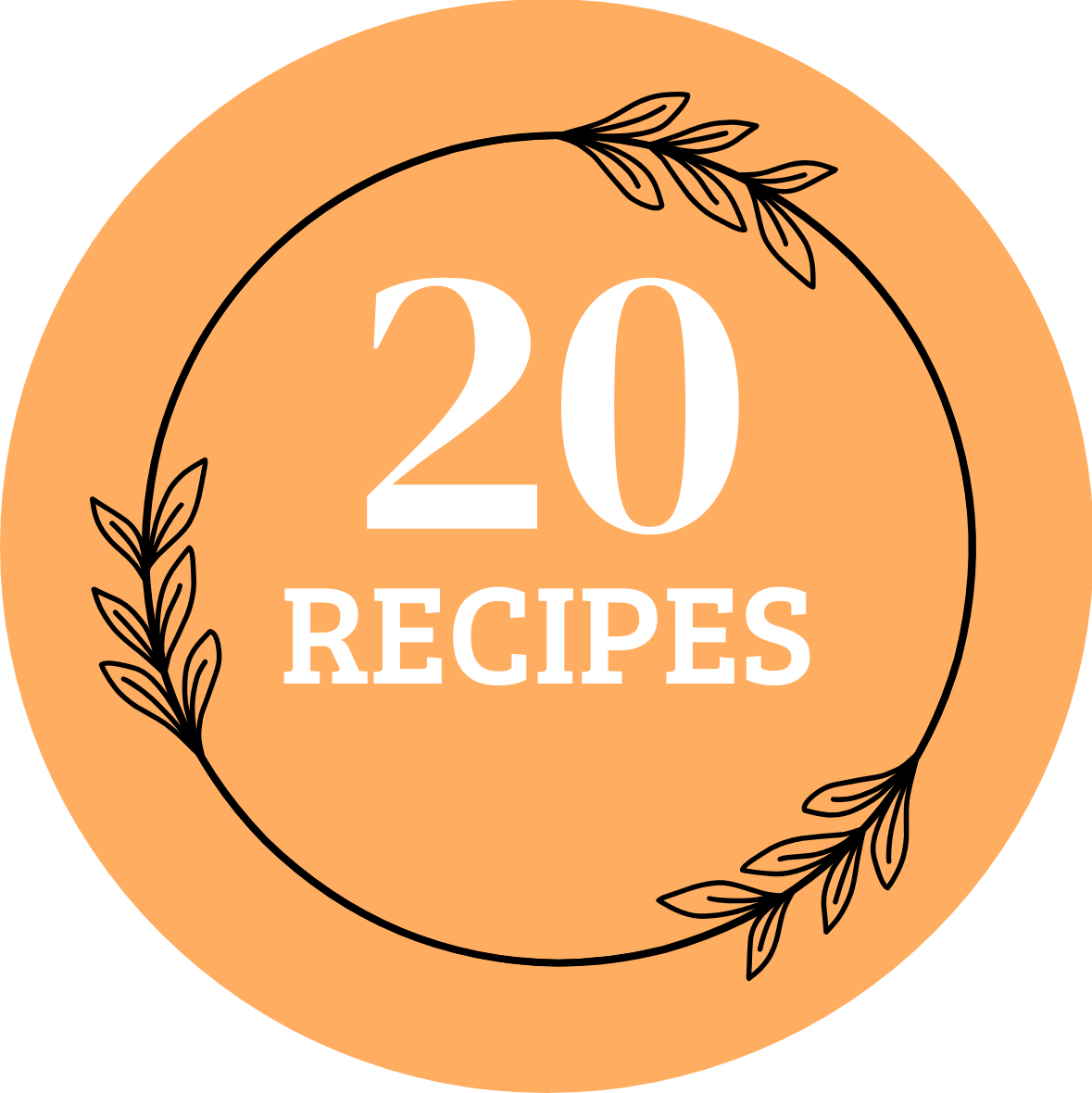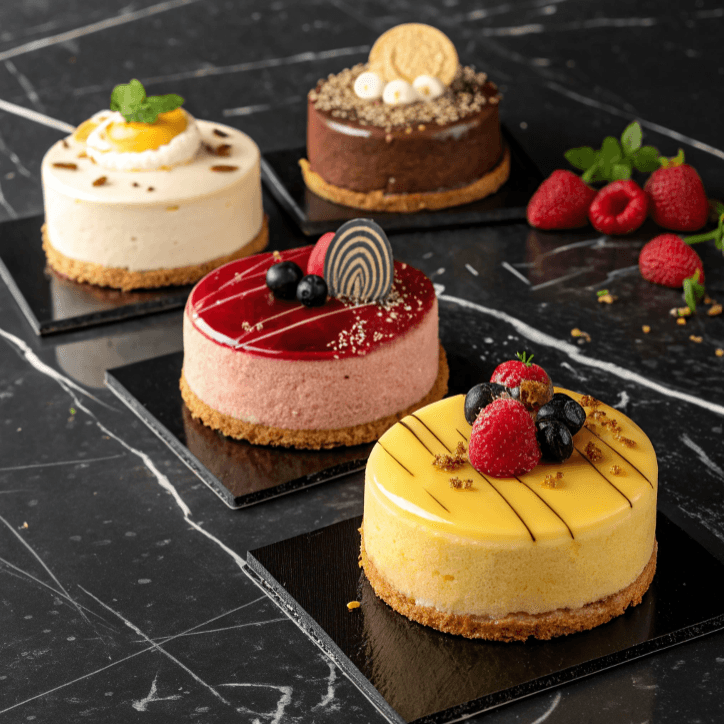A super moist cake is the ultimate goal for any baker, whether you’re making a birthday treat, holiday dessert, or just satisfying a sweet craving. In this article, we’ll break down the ingredients, techniques, and pro tips to ensure your cakes come out soft, fluffy, and moist every time.
Why Moisture Matters in Cakes
Moisture is the key ingredient that transforms an ordinary cake into a delicious, indulgent dessert. It’s not just about taste—moist cakes offer a tender crumb and a soft texture that’s enjoyable from the first bite to the last. A well-moist cake also has a longer shelf life, staying fresh and flavorful even after a day or two, making it ideal for celebrations and events.
Flavor Enhancement Through Moisture
Moisture doesn’t just keep cakes soft—it helps infuse flavors more effectively. Ingredients like fruit purees, juices, and dairy products combine to create a balanced texture while amplifying the taste profile. For example, Apple Pie Dump Cake uses fruit-based fillings to naturally preserve moisture, ensuring each bite is both juicy and rich.
Texture and Tenderness
A moist cake maintains its softness without becoming dense or gummy. Recipes such as Orange Cake incorporate juices and zesty flavors to add moisture while keeping the crumb light. These liquids not only hydrate the batter but also add a refreshing burst of flavor.
Better Storage and Versatility
Another benefit of moist cakes is that they remain fresh longer, allowing bakers to prepare them ahead of time. Cakes made with oil-based batters, syrups, or fruit infusions resist drying out, even when stored for a few days. This makes them ideal for layering, frosting, or turning into trifle desserts if leftovers remain.
In sumary, focusing on moisture retention is the foundation for baking cakes that are flavorful, soft, and memorable. From fruit fillings to dairy-based batters, each ingredient plays a role in delivering the perfect moist cake.
Key Ingredients for Moist Cakes
1. Fats and Oils
- Use butter for richness and creaminess.
- Replace some butter with vegetable oil to increase moisture retention.
2. Dairy Products
- Incorporate buttermilk, sour cream, or Greek yogurt for moisture.
- For a unique twist, try ingredients like cottage cheese—perfect for desserts like Cottage Cheese Cake.
3. Sweeteners
- Brown sugar absorbs moisture better than white sugar.
- Honey and maple syrup provide natural sweetness and hydration.
4. Eggs and Yolks
- Extra egg yolks add richness and prevent dryness.
- Whole eggs bind the batter while maintaining moisture balance.
Baking Techniques That Keep Cakes Moist
Achieving a super moist cake isn’t just about the ingredients—it’s also about the baking techniques you use. Proper mixing, baking temperatures, and pan preparation all play a crucial role in retaining moisture and ensuring your cake has the perfect texture. Below, we’ll dive deeper into each method to help you bake cakes that are soft, fluffy, and moist every time.
1. Proper Mixing Methods
- Creaming Method: Begin by beating butter and sugar together until the mixture is light and fluffy. This process incorporates air into the batter, resulting in a soft crumb.
- Reverse Creaming Method: Instead of creaming butter and sugar first, this method mixes dry ingredients with butter before adding wet ingredients. It reduces gluten development and creates a tender texture.
- Avoid Overmixing: Overworking the batter after adding flour can lead to gluten formation, making the cake dense and tough. Mix just until the ingredients are combined.
- Use Room-Temperature Ingredients: Cold ingredients don’t blend as smoothly, resulting in an uneven texture. Allow eggs, milk, and butter to sit at room temperature before mixing.
2. Baking Temperatures
- Bake Low and Slow: Baking at lower temperatures (325°F–350°F) ensures the cake bakes evenly and retains moisture. High heat can cause the edges to overbake while leaving the center undercooked.
- Monitor the Temperature: Oven temperatures can fluctuate, so use an oven thermometer to maintain accuracy. Small variations can dry out cakes, especially in sensitive recipes.
- Check Early: Start checking your cake a few minutes before the suggested baking time ends. Insert a toothpick into the center—if it comes out clean or with a few moist crumbs, the cake is done.
3. Pan Preparation
- Line with Parchment Paper: Parchment paper prevents sticking and helps the cake release from the pan without tearing. It also protects the bottom of the cake from over-browning.
- Grease and Flour the Pan: Lightly grease pans with butter or non-stick spray, followed by a dusting of flour. This provides an extra barrier against sticking.
- Insulate the Edges: Cakes tend to bake faster along the edges, leading to dry crusts. To prevent this, wrap the outside of the pan with cake strips soaked in water. These strips slow down baking along the edges for a more even rise.
- Foil Covering for Browning: If the top of the cake browns too quickly, cover it loosely with foil during the last 10–15 minutes of baking. This prevents the surface from drying out while the interior continues to cook.
Post-Baking Moisture Maintenance
Maintaining moisture after baking is just as important as the ingredients and baking techniques used to create a cake. Proper cooling, wrapping, and storage methods can make a huge difference in preserving a cake’s soft texture and freshness. Follow these tips to ensure your cakes stay moist and delicious for days.
1. Cooling Cakes Properly
- Let Cakes Rest in the Pan: Allow cakes to cool in the pan for 10–15 minutes after baking. This step helps trap steam inside the cake, which keeps it moist and prevents it from drying out.
- Transfer to a Wire Rack: After resting, carefully remove the cake from the pan and place it on a wire rack. This prevents the bottom from becoming soggy while allowing air circulation to cool it evenly.
- Cover Loosely While Cooling: If you live in a dry climate, cover the cake loosely with a clean towel to prevent it from losing moisture as it cools.
2. Wrapping Cakes to Lock in Moisture
- Wrap While Slightly Warm: Once the cake is just warm to the touch, wrap it tightly in plastic wrap. Wrapping at this stage seals in steam, preventing it from escaping and leaving the cake dry.
- Double Wrap for Freezing: For long-term storage, wrap the cake first in plastic wrap and then in aluminum foil to protect it from freezer burn. Cakes can stay moist and fresh in the freezer for up to 3 months.
- Unwrap Slowly: When ready to use, let the cake thaw completely at room temperature before unwrapping to avoid condensation making the cake soggy.
3. Storing Cakes for Freshness
- Airtight Containers: Store cakes in an airtight container to lock in moisture. Use cake domes or plastic containers specifically designed for baked goods.
- Room Temperature Storage: For cakes without frosting, storing at room temperature in a cool, dry place is often best. Add a sheet of parchment paper at the bottom of the container to absorb any excess moisture.
- Refrigeration Tips: Cakes with perishable fillings or frostings (like cream cheese or whipped cream) should be stored in the refrigerator. To prevent drying out, place a layer of plastic wrap directly against the cut sides of the cake.
- Revive Refrigerated Cakes: Bring refrigerated cakes to room temperature before serving for a softer texture and better flavor.
4. Rehydrating Dry Cakes
- Simple Syrup Solution: If a cake does dry out, brush it with simple syrup (equal parts sugar and water boiled together). This not only adds moisture but also enhances sweetness.
- Frosting as a Barrier: Apply a generous layer of buttercream or ganache to seal in moisture and revive slightly dry cakes.
- Microwave Hack: For quick fixes, place a slice of cake in the microwave with a damp paper towel and heat for 10–15 seconds. This adds moisture to the cake instantly.
Advanced Tips for Extra Moisture
1. Special Ingredients
- Mayonnaise adds richness without altering flavor.
- Pudding mix provides silky texture.
- Cornstarch or gelatin improves softness.
2. Reviving Dry Cakes
- Brush with simple syrup or fruit preserves.
- Frost with buttercream to seal moisture.
Top Moist Cake Recipes
1. Vanilla Sponge Cake
- Uses buttermilk and oil for a soft crumb.
2. Chocolate Fudge Cake
- Features sour cream and coffee extract for richness.
3. Carrot Cake
- Loaded with carrots and pineapple for natural moisture.
FAQs: Tips for moist cakes
Q1: What ingredient makes cakes moist?
Fats, dairy, and sweeteners are essential for moisture retention.
Q2: What’s the best oil for moist cakes?
Canola oil and vegetable oil are ideal for neutral flavor and moisture.
Q3: Can you fix a dry cake?
Yes, brush with simple syrup or add a frosting soak.
Q4: How do you store moist cakes?
Wrap in plastic wrap and keep in an airtight container.
Q5: Does adding extra eggs make a cake moist?
Yes, extra yolks enhance richness and texture.
Final Thoughts about Tips for moist cakes
Baking a super moist cake is more than just following a recipe—it’s about choosing the right ingredients and applying expert techniques. From using rich fats and dairy products to incorporating syrups and fruit purees, every detail matters when aiming for the perfectly moist cake.
For more in-depth tips for moist cakes, check out resources like Food Republic to elevate your baking game.
Now it’s time to preheat that oven and create the moist, flavorful cake you’ve always wanted. Happy baking!

